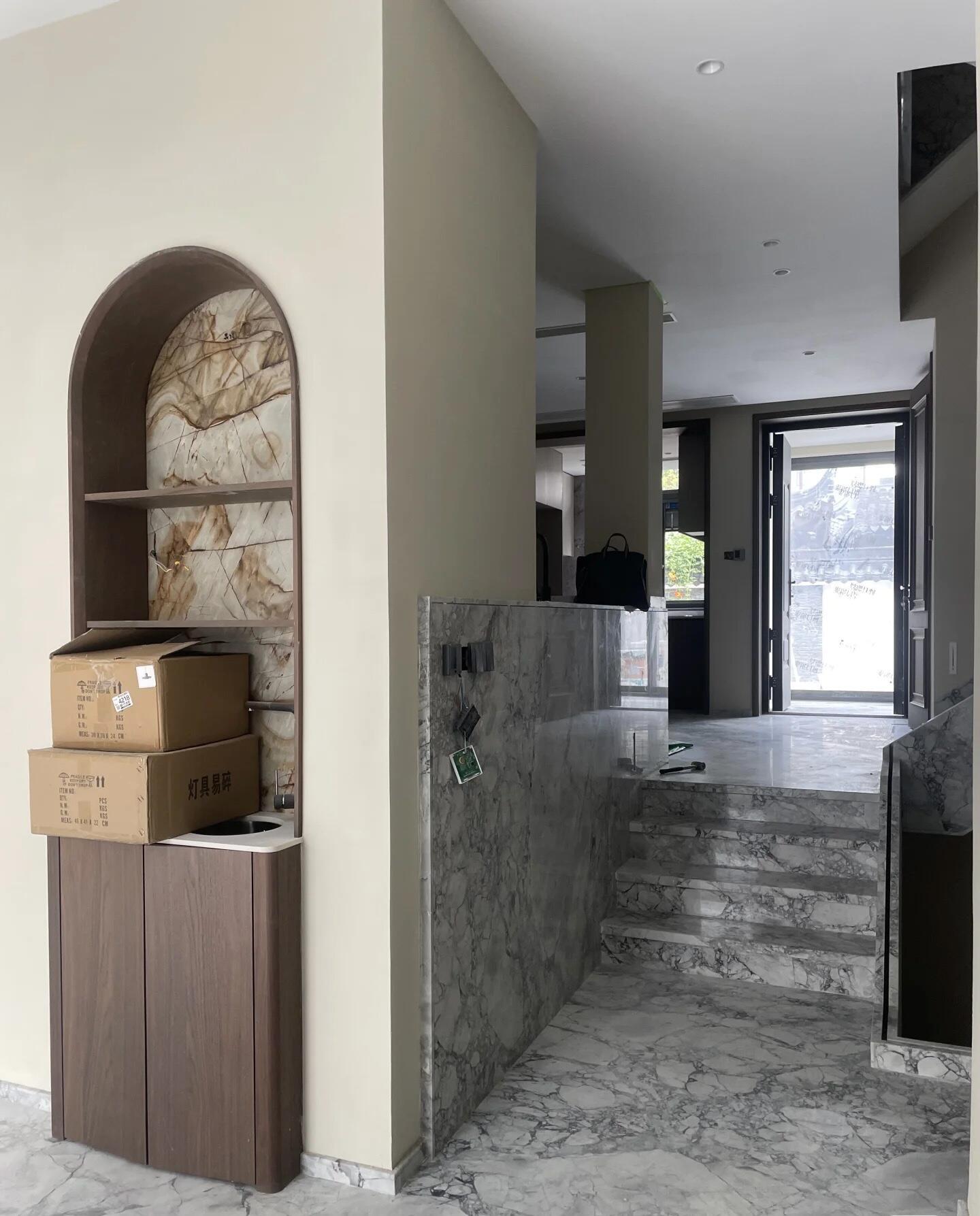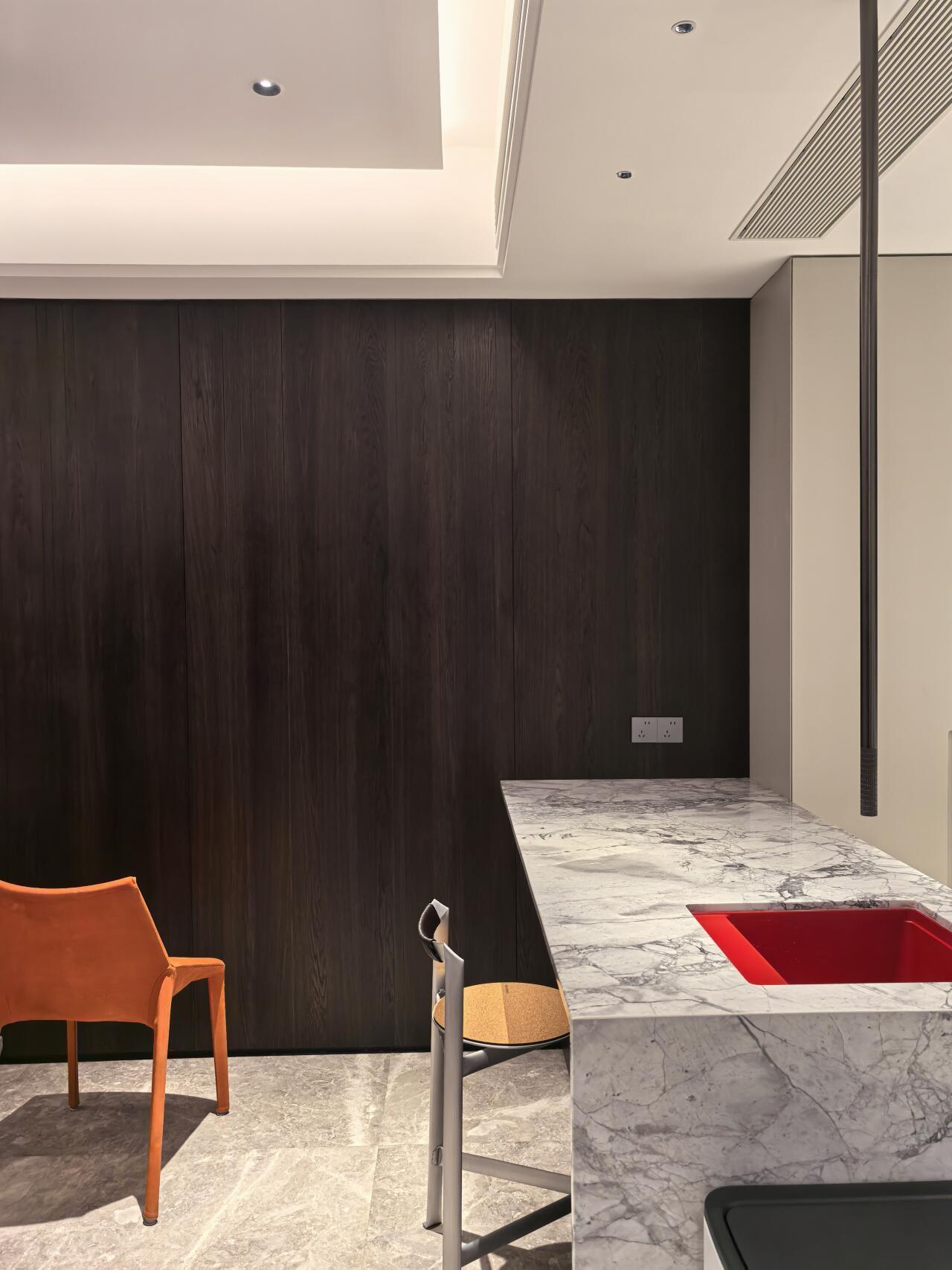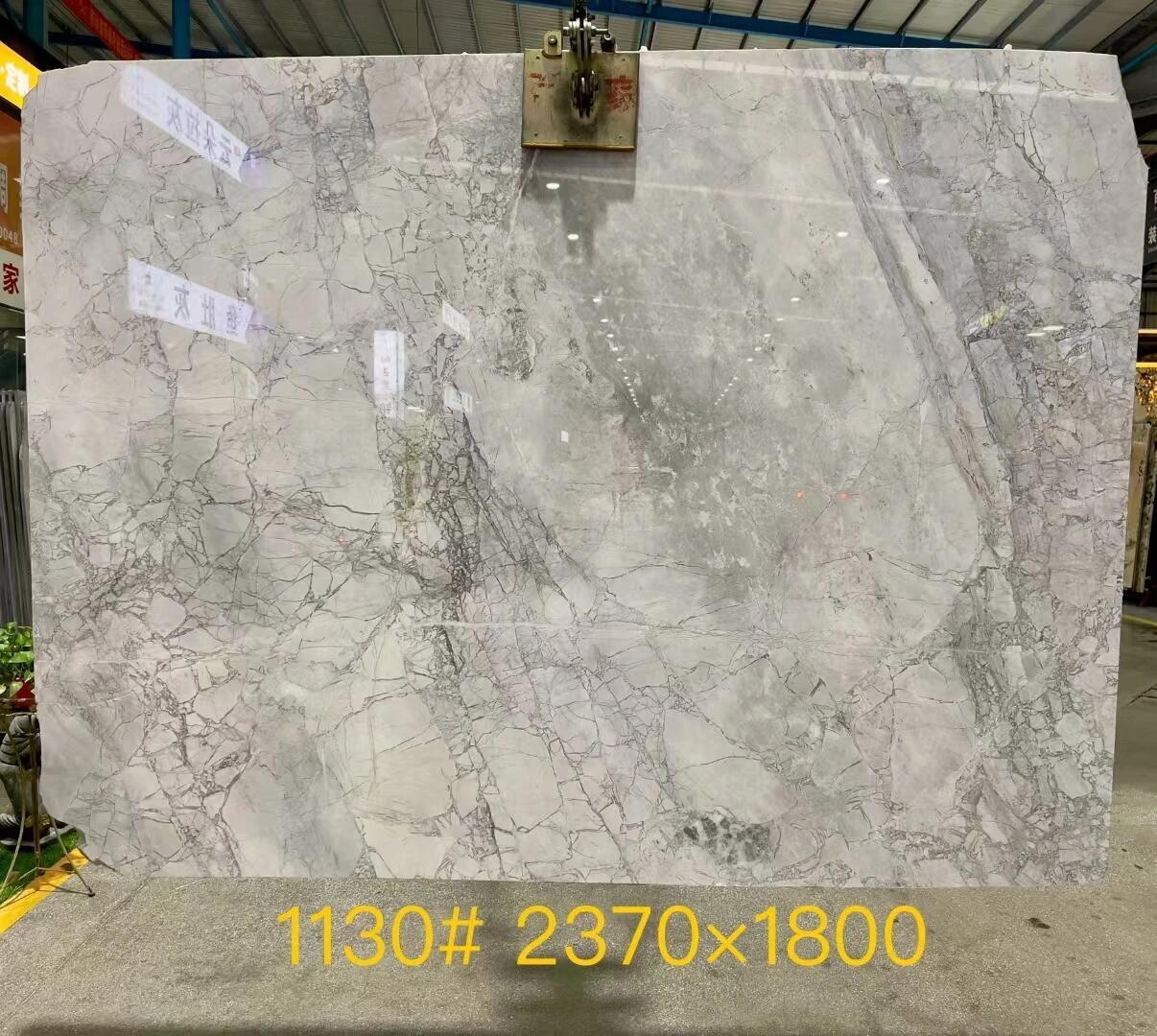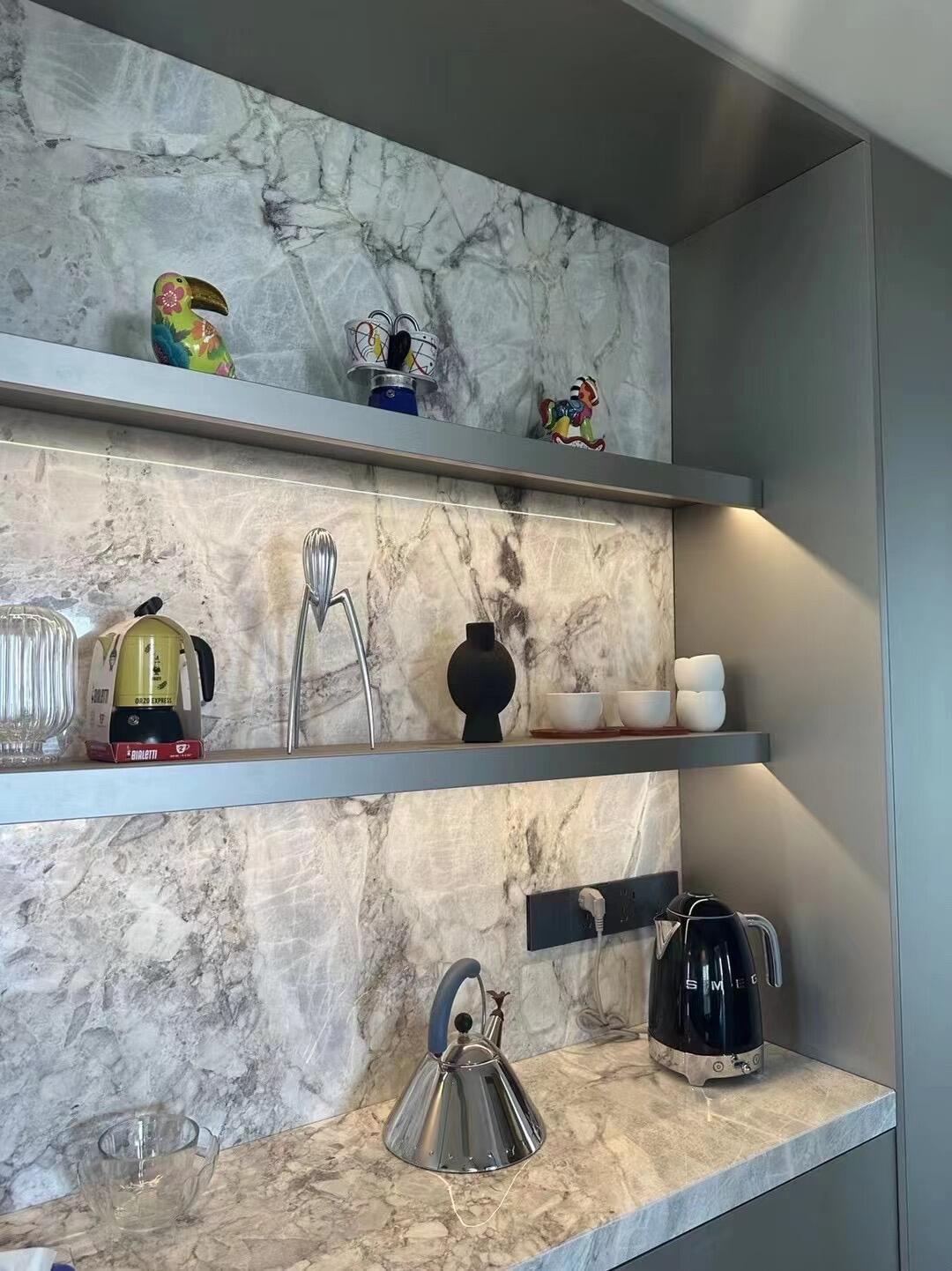
Share to
Roman Travertine
Email:
sales@slurrypump.co
Hotline:
+86-13333119820
Still deciding? Get samples first, Contact US !
View similar products
Keyword
- Product Description
-
Roman Travertine (Travertino Romano)
Type: Natural limestone formed by mineral deposits from hot springs, characterized by porous texture and earthy tones.
Color & Texture:
Colors: Warm hues (ivory, beige, walnut, gold) with subtle stratifications.
Texture: Distinctive porous surface with natural cavities (can be filled or unfilled for varying aesthetics).
Finishes Available:
Polished (smooth, glossy)
Honed (matte, soft)
Brushed (rustic, textured)
Tumbled (antique, weathered look).
Key Features:
Historical Significance: Used in ancient Roman architecture (e.g., the Colosseum, Roman Forum).
Durability: Moderate hardness; suitable for indoor/low-traffic areas. Requires sealing for moisture resistance.
Aesthetic Appeal: Organic, timeless veining ideal for classical and contemporary designs.
Common Applications:
Flooring, wall cladding, facades.
Countertops, backsplashes.
Decorative elements (columns, fireplaces).
Maintenance:
Seal regularly to prevent staining.
Avoid acidic cleaners to preserve surface integrity.
Global Demand: Highly sought after for luxury projects worldwide
Roman Travertine
Still deciding? Get samples first, Contact US !
View similar products
Keyword
Online Message
We will contact you within one working day. Please pay attention to your email.
Inquire Now
Note: Please leave your email address, our professionals will contact you as soon as possible!
Related Products










